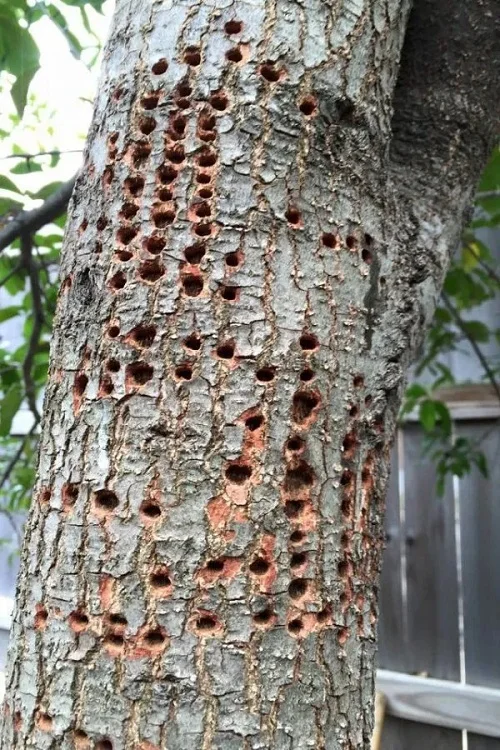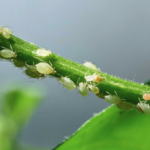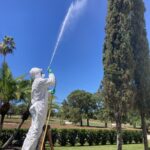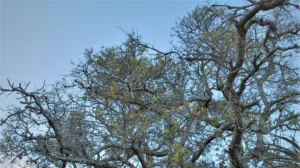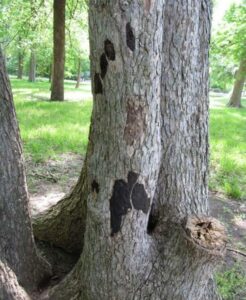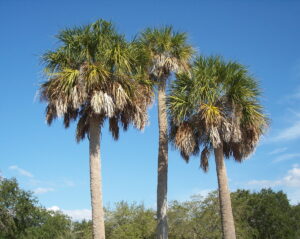Wood Borers: Unveiling the Intruders in Your Timber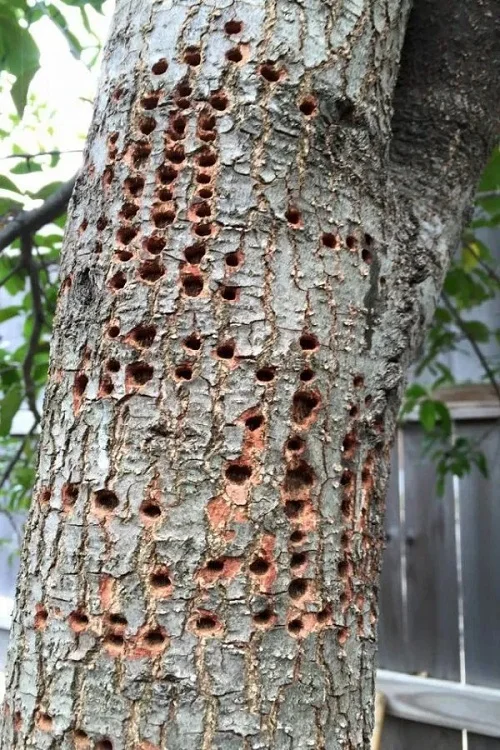
Wood borers are a group of insects that can cause serious damage to timber and wooden structures. These pests burrow into wood, feeding on its inner layers and weakening its structural integrity. In this article, we will explore the world of wood borers, their characteristics, signs of infestation, and effective ways to manage and prevent their destructive presence.
Identification:
Wood borers encompass various types of beetles and insects, each with its distinct appearance. Common wood borers include the Longhorn Beetle, and Bark Borer. While their sizes, colors, and shapes may vary, they all share a common trait: the ability to tunnel and feed on wood.
Life Cycle and Habitat:
Wood borers typically have a life cycle that involves egg, larva, pupa, and adult stages. The larvae are the most damaging stage as they tunnel and feed on the wood. They create intricate networks of tunnels, weakening the structure over time.
Signs of Infestation:
Detecting wood borer infestations can help prevent extensive damage. Look for the following signs:
- Small Holes: Wood borers create small, (usually) round exit holes in the surface of the wood. These holes are typically around 1/16 to 1/8 inch in diameter and may have fine sawdust or frass around them.
- Tunnels and Galleries: Inside the wood, you may find winding tunnels or galleries created by the wood borers as they feed and move. These tunnels may vary in size and shape depending on the species.
- Wood Dust or Frass: The presence of fine wood dust or frass near exit holes or in the tunnels is a clear indication of wood borer activity.
- Weak or Crumbling Wood: Infested wood may become weak, brittle, or crumble easily when touched. This is a result of the damage caused by the feeding larvae.
Management and Prevention:
Preventing and managing wood borer infestations requires a proactive approach. Consider the following strategies:
- Regular Inspections: Regularly inspect wooden structures, furniture, and firewood for signs of wood borers. Early detection allows for prompt action and minimizes damage.
- Remove Infested Wood: If you find infested wood or trees, promptly remove and destroy it to prevent the spread of wood borers to other wooden items.
- Apply Preventive Treatments: Utilize wood preservatives and insecticides specifically designed to protect against wood borers. Reach out to your local tree professionals for what treatment options you have.
- Seek Professional Help: In severe infestations, it is advisable to seek assistance from pest management professionals who specialize in wood borer control.
Wood borers can pose a serious threat to the integrity of your wooden structures and possessions. By being vigilant, conducting regular inspections, and implementing preventive measures, you can safeguard your wood against these intruders. Remember, early detection and timely action are key to preventing extensive damage and preserving the longevity of your cherished wooden items.

